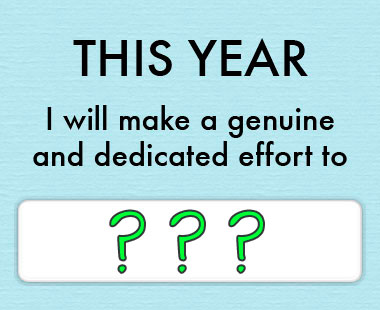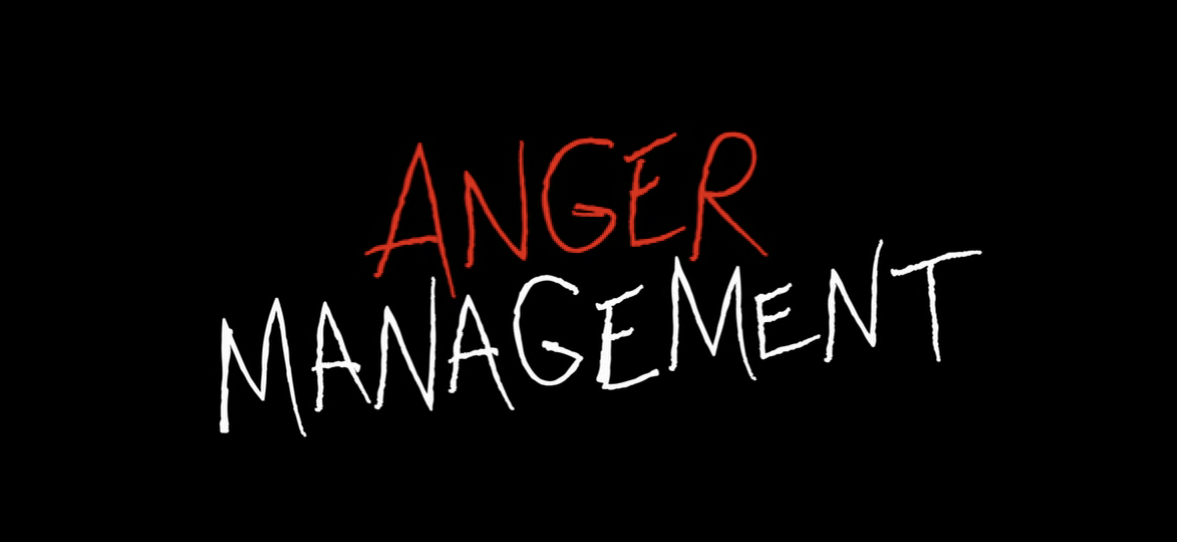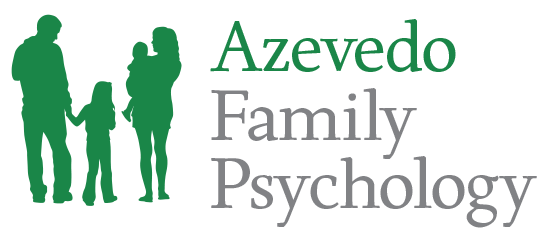
How to Keep Your New Year’s Resolution
February 16, 2017
Anger Management 101
April 4, 2017We struggle throughout life balancing our need to be dependent on others vs. our need to be self-directed and independent. Despite priding ourselves in our American individualism, we also recognize ourselves in Donne’s meditation, “No man is an island, entire of itself; every man is a piece of the continent, a part of the main” These opposites, dependence and independence, are the bedrock of Erik Erikson’s first two stages of the development of the human ego. In Stage 1 – Trust vs. Mistrust (during our first 16 months of life), our survival depends on others being there to meet our needs. Responsive and sensitive caretakers help establish basic trust in their baby, who will come to see the world as a safe, predictable place. In Erikson’s Stage 2 – Autonomy vs. Shame (during the next two years of life), children assert their autonomy via exploring, and manipulating themselves and their world. A sense of self, boundaries, and ownership emerge as the child struggles between Autonomy (self-control) vs. Shame (lack of control) regarding managing themselves, their surround and their bodily functions.
The clash between the need to depend and the need to be autonomous shows up over and over in life, often in the form of inflamed conflict. Teens and their parents is one classic example. Another is marital conflict, where partners need each other to fulfill life’s domestic goals but also have individual needs to be self-directed. Many people are not so good at managing the clash of multiple contradictory agendas. We have trouble, especially with our intimates, listening to differences, responding to demands, and managing critiques. Therapists and family counselors often focus us on how to authentically be oneself while also relying upon and validating one’s partner. This can be a rather delicate dance. Sometimes it means taking turns, sharing toys, conversing to find creative solutions, or negotiating trade-offs.
Finding language for melding the need to depend and the need to be autonomous can be challenging. For example, I may ask you to fund my expensive self-serving hobby. Do we look at this as “our” new sports car, or as your “wise investment”, or as you taking “loving care” of me, or, more resentfully, as my being “selfish, or, more resignedly, as “boys will be boys?” The search for ways to think about and express the meld these competing needs begins back in early life when this conflict was first faced. One good example is my youngest daughter’s fascinating confabulations of words to express this compromise.
At the age of 2 ½ Debbie often wanted to do what the adults were doing. I was perched on the side of my desk engrossed in talking to another adult who was also sitting on the desk with me. Debbie toddles in and apparently decides she wants to sit on the desk, too. I watch as she tries in vain to climb up on the desk. On her second try I (being a kind and loving parent) reach down to pick her up and to set her on the desk. She says, “No, Daddy. I do it myself.” She then persists in trying to get one leg high enough to climb up. I reach down again to help her, and she brushes off my hands and says even more emphatically, “NO, DADDY. I DO IT MYSELF!” to which I shrug and say, “OK”. She continues futilely to try to climb up, but cannot. She then turns to me in great earnestness and commands, “YOU DO IT MYSELF”! She then allows me to help her up, but with a smile on her face and her dignity intact. She had synthesized the needed words to blend reliance and defiance, taking help in achieving her goal while mastering her shame and humiliation. I wish we all could be that spontaneous and appropriately creative.
***
Donald W. Adams, PhD
Child & Family Psychologist
adamsvisions@gmail.com




